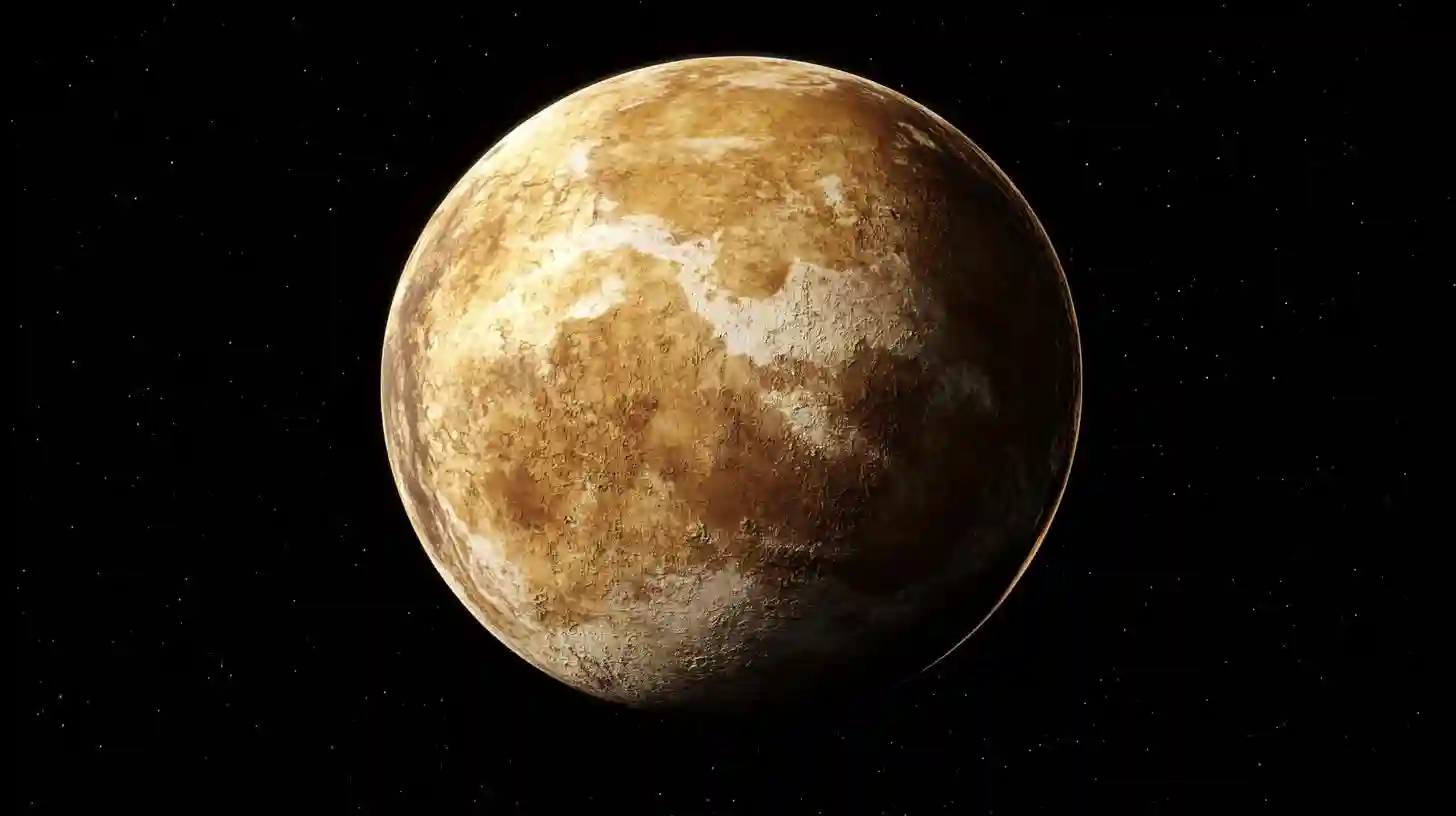
Knowledgetrovehq

Venus, often referred to as Earth's twin due to its similar size and proximity, presents a complex and baffling landscape shaped by unique geological processes. Unlike the familiar terrains found on our planet, Venus showcases an array of stunning geological features that tell a story of intense volcanic activity, tectonic movement, and erosion driven by an inhospitable atmosphere.
The surface of Venus is largely volcanic, with about 80 percent covered by volcanic plains. These plains are punctuated by vast lava flows and formations created by the cooling and solidifying of molten rock. Many of these volcanic structures are unlike anything seen on Earth, presenting an opportunity for scientists to study volcanic processes under conditions vastly different from those found on our planet. Shield volcanoes, which are broad and gently sloping, dominate the landscape in addition to large volcanic constructs such as the towering pancake domes, characterized by their flat tops and steep sides that appear to have resulted from the slow accumulation of thick lava.
One of the most iconic features of Venus is the tesserae, an extensive network of ridge and valley formations that covers a significant portion of the planet's surface. These regions display a complex interplay of geological forces, showcasing tectonic activity that has caused the crust to crack, fold, and warp over millions of years. The tesserae are thought to be the result of an active geological past, where the surface was subjected to immense pressure and heat, leading to the formation of intricately interwoven structures. Their existence suggests a dynamic history involving both tectonic and volcanic activities, marking Venus as a world shaped by an unusually active environment.
Another mesmerizing aspect of Venusian topography is the presence of large impact craters, which offer insights into the planet's collisional history. Despite the overall youthful appearance of the surface, these craters vary widely in size and morphology, preserved in the face of the planet's relentless environment. Interestingly, many craters exhibit signs of volcanic activity, implying that some may have been rejuvenated after their initial formation. This characteristic is crucial in understanding how Venusian geology operates over time, especially in terms of how it responds to external forces.
The atmosphere of Venus is notably thick, composed primarily of carbon dioxide, with a cloud cover rich in sulfuric acid. This highly corrosive atmosphere affects surface processes and contributes to Venus's geological charm. The weathering action of the atmosphere may lead to erosion and alteration of surface features over time. It also contributes to the greenhouse effect that engulfs the planet, raising surface temperatures to extremes that have repercussions on geological activity. The harsh conditions present unique challenges for exploration and data collection, but they also provide clues into the interactions between surface materials and the atmosphere, allowing scientists to forge connections between external processes and morphological changes.
The presence of large highland regions such as Ishtar Terra and Aphrodite Terra highlights the surface diversity of Venus. These elevated areas function as vast plateaus, exhibiting extensive faulting and fracturing indicative of tectonic stress. Ishtar Terra, arguably one of the highest regions, features an array of geological formations, including mountains and ridges that have been shaped by both tectonic movements and volcanic events. The ruggedness of these terrains creates stark contrasts with the more uniform volcanic plains, further enriching the geological narrative.
Interestingly, the study of Venus's geological features is not just an academic pursuit; it has practical implications for understanding planetary evolution. By examining the geological activity of Venus, researchers can draw parallels to Earth’s geological history, providing insights into processes that may be common among rocky planets. Additionally, the understanding of volcanic and tectonic processes in extreme environments expands the scope of comparative planetology, enriching our comprehension of how planets evolve differently based on varying conditions and histories.
As missions to Venus become more feasible, the potential for uncovering further mysteries grows. New technologies and advanced methodologies will aid in the mapping and analysis of surface features, enhancing our understanding of this classic planet. Enhanced imaging techniques paired with landers or atmospheric probes could shed light on the ongoing geological processes, unraveling the secrets hidden beneath the thick clouds. Each exploration brings us closer to comprehending the dynamic nature of Venus, painting a detailed picture of a planet that, while hostile, continues to captivate the imagination and intrigue of scientists and enthusiasts alike.